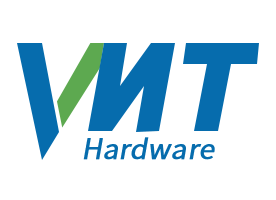Hard Anodizing Explained: Benefits for CNC Machined Parts
Hard anodizing enhances CNC machined parts by providing superior wear resistance, corrosion protection, and electrical insulation. It strengthens aluminum parts while allowing aesthetic color aluminum anodizing, making it ideal for high-performance industries.

